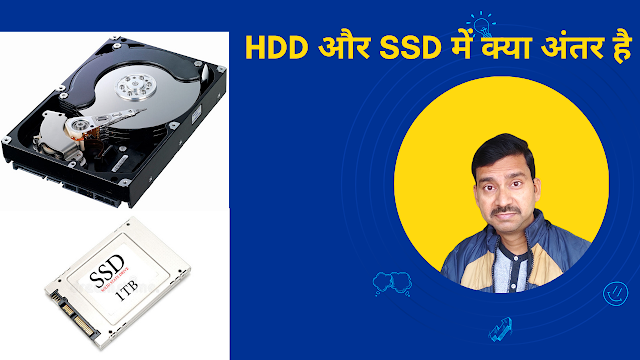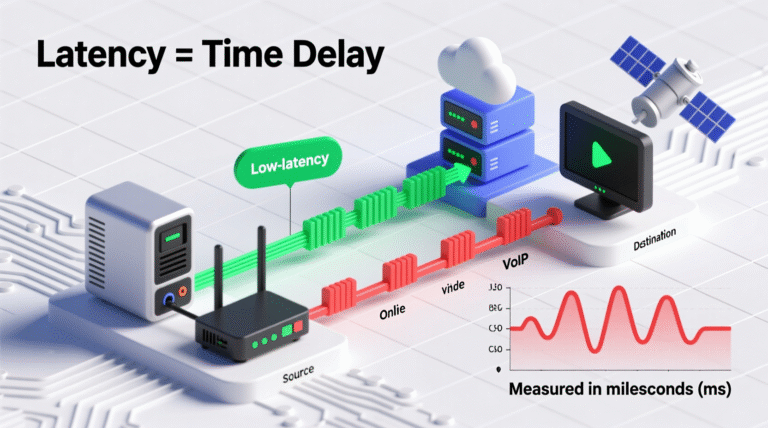What Difference between HDD and SSD
HDDs and SSD
Table of Contents
ToggleIn this blog article, I will explain the difference between HDD and SSD, which are used in computers. Hard Disk Drives (HDDs) and Solid-State Drives (SSDs) are two different types of storage devices used to store data on computers. Both HDDs and SSDs serve the same basic purpose, but there are some significant differences between them that can affect performance and cost.
One of the main differences between HDDs and SSDs is how they store data. HDDs use spinning disks to store data, while SSDs use flash memory. This means that HDDs are mechanical devices with moving parts, whereas SSDs are electronic devices with no moving parts.
One major advantage of SSDs is that they are generally faster than HDDs. Since they have no moving parts, SSDs can access and transfer data much faster than HDDs, which need to physically locate data on spinning disks. This makes SSDs ideal for tasks that require quick access to data, such as booting the operating system or launching applications.
Another advantage of SSDs is that they are more durable and reliable than HDDs. Since they have no moving parts, SSDs are less likely to fail due to physical damage or wear and tear. This makes them a good option for laptops and other portable devices, where they are more likely to be mishandled.
One of the main drawbacks of SSDs is that they are generally more expensive than HDDs. Although SSD prices have come down in recent years, they are still more expensive per gigabyte compared to HDDs. This means that if you need a lot of storage space, an HDD may be a more cost-effective option.
Power Consumption of HDDs and SSD
SSDs typically require less power than HDDs, which can be beneficial for battery-powered devices like laptops and tablets. This is because SSDs use less power to access and transfer data and generate less heat.
Noise:HDDs and SSD
HDDs can make a faint humming or noise during use due to their spinning disks. This noise is usually not noticeable in most situations but can be more noticeable in quieter environments. On the other hand, SSDs are completely silent, as they have no moving parts.
Form Factor:HDDs and SSD
Both HDDs and SSDs come in various sizes and form factors, but SSDs tend to be smaller and lighter. This can be advantageous for devices where size and weight are important considerations, such as tablets and ultra-portable laptops.
Compatibility:
Both HDDs and SSDs can be used with a wide range of devices, including desktop computers, laptops, and servers. However, some older devices may not be compatible with SSDs or may require special drivers or firmware updates to work properly with SSDs.
Capacity:
Both HDDs and SSDs are available in a range of storage capacities, but HDDs are typically available in larger capacities at a lower cost per gigabyte. This means that if you need a lot of storage space and are on a budget, an HDD might be a better option. However, SSDs are also available in larger capacities, and as technology improves, the price gap between HDDs and SSDs is gradually narrowing.
Data Transfer Speed:
In addition to faster access times, SSDs generally have faster data transfer speeds compared to HDDs. This is because SSDs use faster interfaces like SATA III or NVMe to communicate with the rest of the computer. However, the actual data transfer speed of an HDD or SSD will also depend on the performance of the rest of the system, including the processor, memory, and motherboard.
One limitation of SSDs is that they have a limited number of write cycles, meaning they can only be written to a certain number of times before they start to degrade. This could be an issue if you frequently write large amounts of data to the drive, such as when editing videos or installing software. On the other hand, HDDs do not have a limited number of write cycles and can be written to an unlimited number of times.
Operating Temperature:HDDs and SSD
Both HDDs and SSDs can be affected by extreme temperatures, but SSDs are generally more resistant to temperature changes than HDDs. This is because SSDs use flash memory, which is less sensitive to temperature changes compared to the magnetic media used in HDDs. However, both types of drives can be damaged by extremely high temperatures, and they should be used within their specified operating temperature range.







